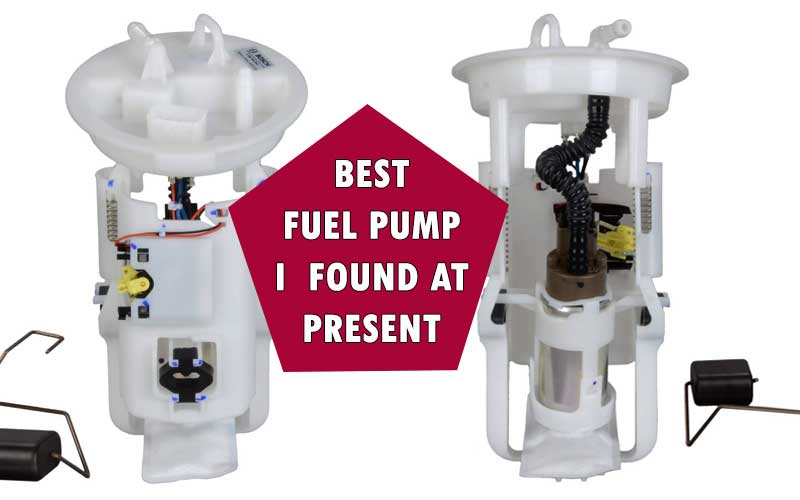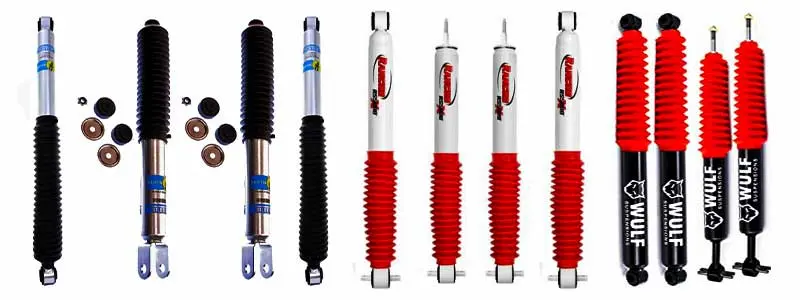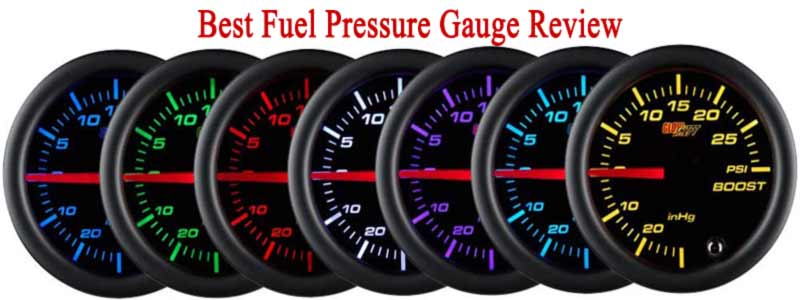How to Test a Fuel Pump – Step by Step Guide
Even though your car suddenly stalls while you drive and it gets hard to start the engine sometimes, you cannot say the issue is with the fuel pump with certainty.
If your fuel pump is showing the majority signs of having an issue, you need to test to confirm that the problem is actually with the fuel pump itself.
Now, you are probably wondering how to test a fuel pump, or whether you can do it yourself. Herein, the good thing is you don’t have to be a professional serviceman to run the test. With the help of a couple of inexpensive diagnostic tools, you will be good to go.
In this guide, I’ll show you the step by step process to run the diagnosis.
Signs of a Bad Fuel Pump
First, let’s have a look at what the symptoms of having issues with the fuel system are:-
- The engine sputters at high speeds
- Car stalls when car temperature rises
- Vehicle losses performance while climbing hills or hauling heavy cargo
- When the car moves at a constant speed, all of a sudden it picks up and surges forward
- Noticeable poor gas mileage
- Car refuses to start despite making multiple efforts
- Unusual noise from the fuel pump
View More Features of Fuel Pump
As I have said earlier, these signs aren’t enough to take any steps regarding fixing or replacing the fuel pump. Doing further test is a must to take any initiatives.
Preliminary Checks of Fuel Pump
Fuel pump testing will be an act of foolishness and a waste of time unless you go through a few primary checks. Make sure you check the things below –
The Fuel Level
When the engine cranks, but it doesn’t start, check if the tank is empty or not.
Check for Fuel Pump Noise
When the engine is shut down, turn the ignition key to the ON position. You should be able to hear a swishing sound of the fuel pump that lasts about 2 seconds.
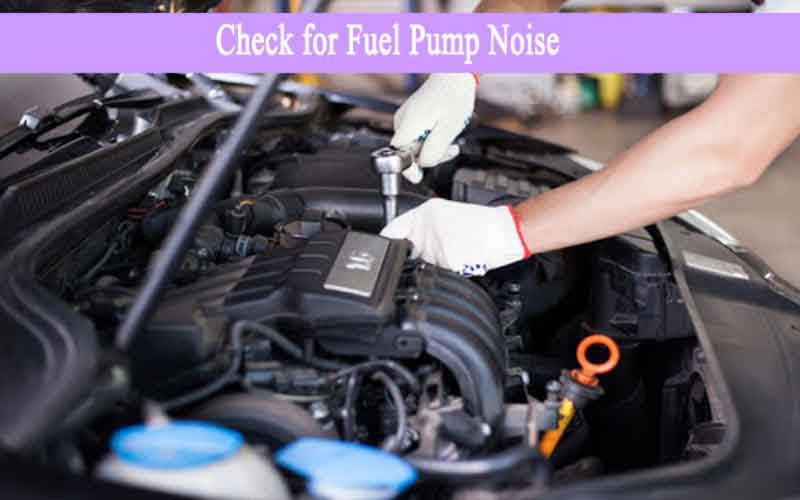
Check for Fuel Pump Noise
However, if you don’t hear any sound of the pump, follow the steps below:-
- You will need an assistant for these steps
- Remove the cap of the fuel filler, and bring your ear close to its opening
- Ask the assistant to turn the ignition key to ON direction without starting the engine
- If you hear any whirring sound for about 2 seconds, that means the pump still receives power and is perfectly responsive
- Nonetheless, if you don’t hear anything and the engine cranks, then the issue may be in the electrical circuit of the pump
- Check the fuel pump relay, fuse, the wiring, and other related sensors that the engine uses to power the fuel pump
- See if the car computer shows any diagnostic trouble codes (DTC) pointing towards a problem. If your car moves, drive to an automobile parts store to pull the DTC
- If you find the fuse is okay and the problem is with the electrical circuit, then switch the relay with another relay of a fuel pump, and try to turn on the engine
- Note that some cars might refuse to start due to the insufficient engine oil pressure. To confirm it, check the repair manual for any DTCs.
Check the Timing Belt
Some engines refuse to start because of a misplaced or loosen timing belt. To check the belt, remove the cover a bit and see if the belt is placed properly. Ask your assistant to crank the engine and observe whether the belt is running smoothly or not.
Clogged Fuel Filter
If you don’t change the fuel filter according to the manufacturer service schedule, this is maybe the reason of having such a problem. Consider repairing the clogged filter or replacing it if necessary.
Check the Fuel Pressure Regulator (FPR)
There is a small metallic cylinder which is connected to your vehicle’s fuel rail called fuel pressure regulator (FPR). You need to disconnect the vacuum line from this FPR and check if the vacuum has any trace of fuel. If it’s okay, it should be completely dry. It would be best if you check this when the engine is idle.
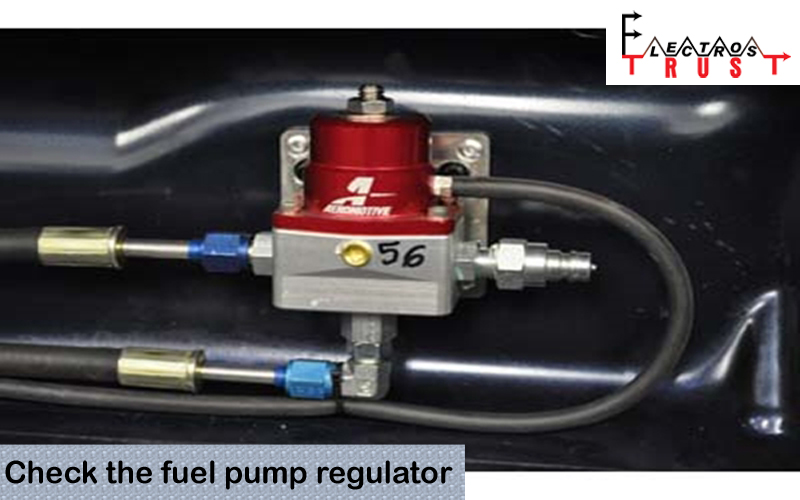
Fuel Pump Regulator
However, if you find the vacuum hose is wet, it surely sucks the fuel off the pressure regulator as it is torn. In that case, consider replacing the FPR.
How to Fix a Fuel Pump Without Replacing it?
The fuel system pressure diagnosis can identify the fault if the fuel system delivers fuel. You will require a fuel pressure gauge to do the test.
Before proceeding, make sure your car is on the emergency brake and the engine is turned off, and you park the car on flat ground. There should be no smoke coming out from the hood.
Step One
In the fuel pressure regulator, you will find a vacuum line connected to it. You need to remove the line. If there is fuel in the line, then the regulator must be failed.
Step Two
Soon as you are done with the pressure regulator, reconnect the vacuum line.
Step Three
Now, look for a protective cap and remove it. This will allow attaching the hose of the fuel pressure gauge.
Step Four
If you haven’t opened the test gauge for fuel pressure out of the package, do it now. Although it’s a professional kit, it will also work for any attachable fuel pressure gauge.
Step Five
Fit the gauge with an appropriate adapter, and attach the line to gauge’s test port. In case, if you don’t find any fuel test port, you will need a fuel filter adapter. It will work as a fuel test port.
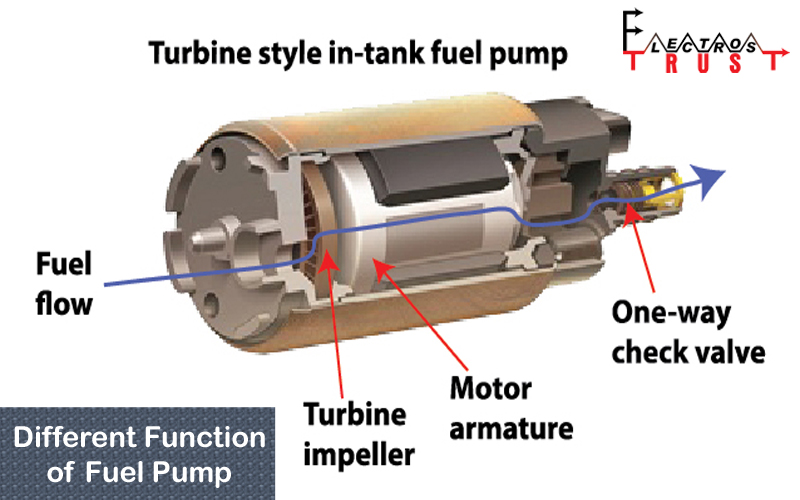
Fuel Pump Functionality
Step Six
When you are done attaching the gauge, then turn the ignition key to ON direction. For most direct port inject systems, the gauge will jump up and stay within 45 psi to 58 psi. The throttle body inject should be between 13 psi and 17 psi.
If everything works as I have mentioned, then the pump is still functioning along with its electrical portion. However, if there is no pressure of fuel shown on the gauge, you need to further check the fuse and relay in the power distribution center (PDC).
In case no pump gets access to the power feed wire, you can deal with the issue in another way. A color wire is used in order to deliver energy to the pump, and you need to find which one it is.
Head over to the service manual; it will tell you which one is that color wire. You should be able to find the wire near the fuel tank located in the wiring harness.
Now, get a test light. Then you need to probe the wire. If the test light illuminates but there is no pressure, it means the pump is faulty.
Step Seven
When the engine runs, the pressure will drop to 52 psi. If you snap the throttle, the pressure will increase by 5 psi; this indicates the pressure regulator functions well without any issue. But if you don’t find any pressure even after inspecting the vacuum line and find it okay, then the issue is with the pressure regulator.
Step Eight
When the engine runs and the fuel system works at its full capacity, psi can drop slightly. In general, the pressure needs to be about 52 psi.
Step Nine
Lower fuel pressure while the engine is in an idle state or under load means, either the pump failure or the fuel filter is clogged.
Step Ten
When you are finished with all the tests, place a cotton towel under the test port. It will absorb the excess fuel coming from the hose. Loosen the hose, you will see the fuel is leaking out and the towel is absorbing them.
Step Eleven
When you remove the hose, and fuel is still leaking; in this case, place the hose onto the towel and let it absorb the excess fuel.
Finishing Step
When you are done taking care of the gauge hose, now re-install the dust cap. Then, again clean the area using the towel. When you are done, check for any fuel leaks within that area.
How Much Does it Cost to Replace a Fuel Pump?
The price of the fuel pump varies depending on what type of car you own. It generally ranges between $300 to $1000. Furthermore, on top of it, you have to pay an additional $200 to $400 as labor cost.
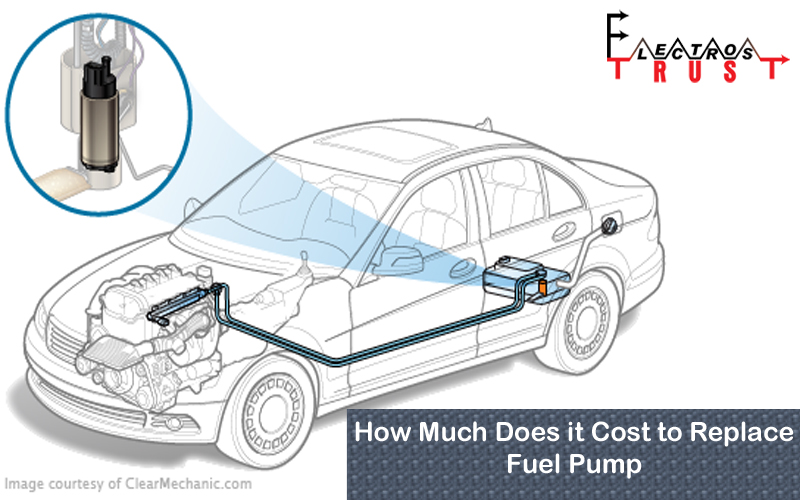
Cost to Replace Fuel Pump
You have the option to avoid paying for labor costs if you can replace or change the fuel pump yourself. Replacing this thing doesn’t require any special auto mechanic skill. There are lots of step by step tutorials on the internet explaining how to easily replace the fuel pump as well as start a car with a bad fuel pump.
Final Words
The fuel pump is the very thing that fuels your vehicle. If you see any of the signs of a bad fuel pump, you need to test the fuel pump first in order to repair or replace it as soon as possible.
Now that you know how to test a fuel pump, you will be able to diagnose the issue right after seeing major red-flags and prevent further complications.

